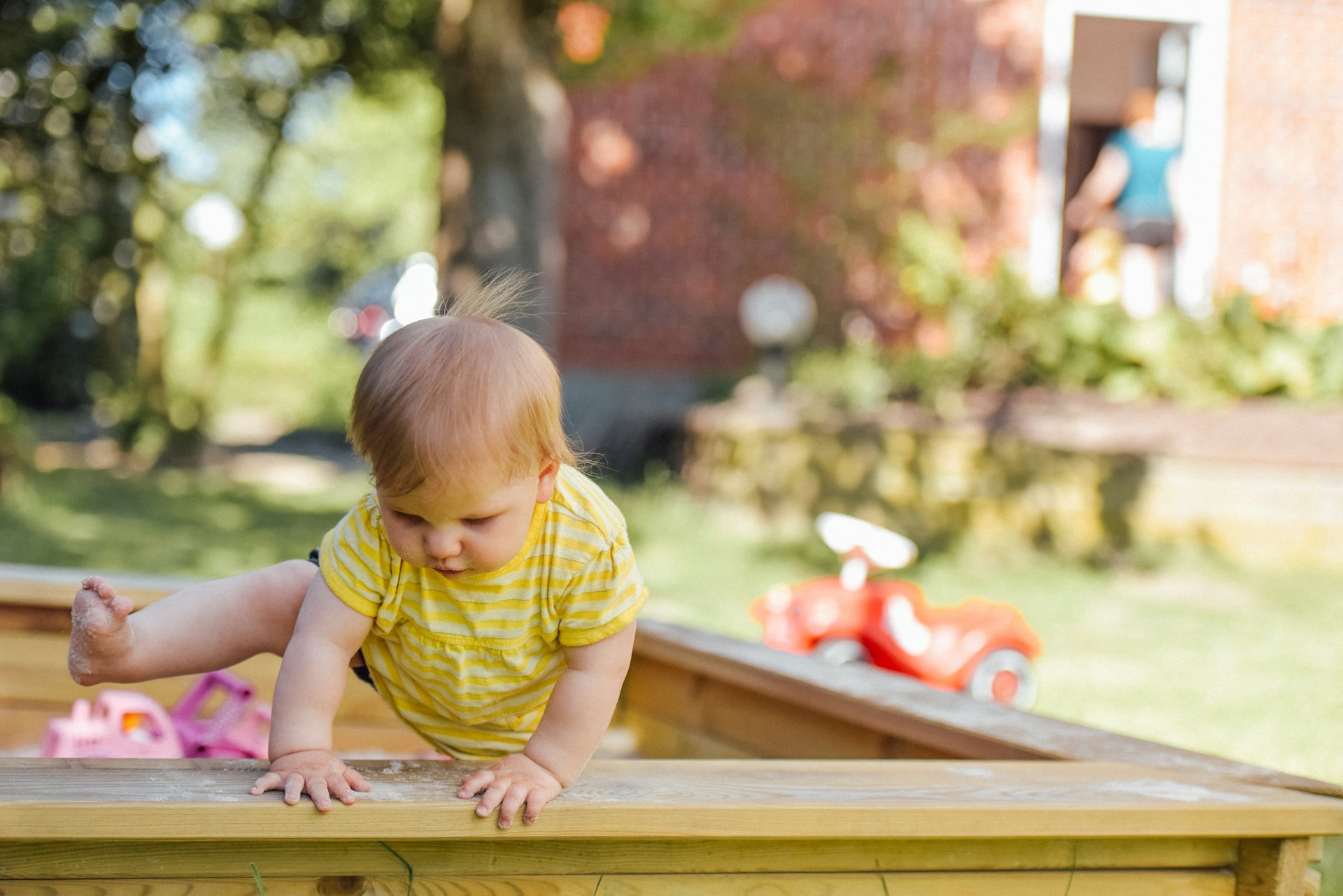Every toddler has their own pace, but there comes a time when many start showing signs they’re ready for more structure in their day. You might not even realise it at first — but subtle behavioural shifts can point to a growing need for consistency. This is often when families begin to consider supportive environments like Day Care Oakleigh East, where routines are built in and development is gently guided.
If you’re wondering whether your little one is ready for more routine, here are some signs to look for — and tips to help you create a daily rhythm that works.
They’re Having More Meltdowns for Seemingly Small Things
All toddlers have tantrums. But if your child suddenly seems more upset than usual — over things that didn’t bother them before — it could be a sign of internal overwhelm. Lack of routine can leave toddlers feeling unsure about what comes next, which makes it harder for them to manage emotions.
What helps:
Create small daily anchors they can rely on. A consistent wake-up time, meals around the same time each day, and a predictable bedtime routine can offer a sense of safety.
They’re Resisting Sleep Even When They’re Clearly Tired
Does your toddler seem exhausted but still fights naps or bedtime? This can often be traced back to irregular daily patterns. When naps, meals, and play happen at random times, their internal clock has a harder time adjusting — which can lead to poor sleep.
Tip:
Build a basic daily rhythm: active play in the morning, quiet time after lunch, a set wind-down routine in the evening. Even small changes can help reset their sleep cycle.
They Want More Control Over Their Day
Toddlers love to feel independent — even if their choices seem small. If they’ve started asking, “What are we doing next?” or trying to take the lead in daily activities, it shows they’re thinking ahead and looking for predictability.
What to try:
Use a simple daily schedule with pictures or symbols. Let them choose between two snacks or pick a story at bedtime. These small decisions within a routine help them feel empowered.
They Get Bored or Restless Easily
If your toddler seems constantly antsy or is bouncing from one thing to the next without focus, it might be because they’re not getting enough structured stimulation. This doesn’t mean scheduling every minute — it just means adding some consistent activities into their day.
Ideas:
- Morning walk or outdoor play
- Midday quiet time with books or puzzles
- Afternoon creative activity (drawing, building, etc.)
Keeping things loosely structured allows for both predictability and freedom.
Transitions Are a Battle
Is it a struggle to get your toddler to stop playing, get dressed, or move on to the next part of the day? Resistance to transitions often comes from not knowing what’s coming next.
How to help:
Give your toddler advance notice: “In five minutes, we’re going to clean up.” Use songs or visual cues to signal what’s happening next. Over time, they’ll come to expect the shift and handle it better.
How to Gently Add More Routine (Without Going Overboard)
A common worry among parents is that too much structure will take the fun out of childhood. But routines aren’t about strict rules — they’re about giving your toddler a safe rhythm to follow.
Here’s how to ease into it:
- Start with the basics: Set times for waking, meals, naps, and bedtime.
- Use routines to reduce decision fatigue: The fewer surprises in their day, the calmer they’ll be.
- Repeat small rituals: A song at clean-up time, a cuddle before nap, or the same book before bed.
- Keep it visual: Toddlers respond well to pictures and consistent cues.
- Stay flexible: Life doesn’t always go to plan — and that’s okay.
Why It Matters (For You and Your Toddler)
When your child knows what to expect, their behaviour often improves, their sleep becomes more consistent, and your days become smoother too. Toddlers feel safer when their world feels predictable — and that security allows them to learn and grow more confidently.
Recognising the signs early can make the transition easier for both of you. And whether it’s simple home routines or structured settings like daycare, a little more consistency might be just what your toddler has been asking for — in their own way.











